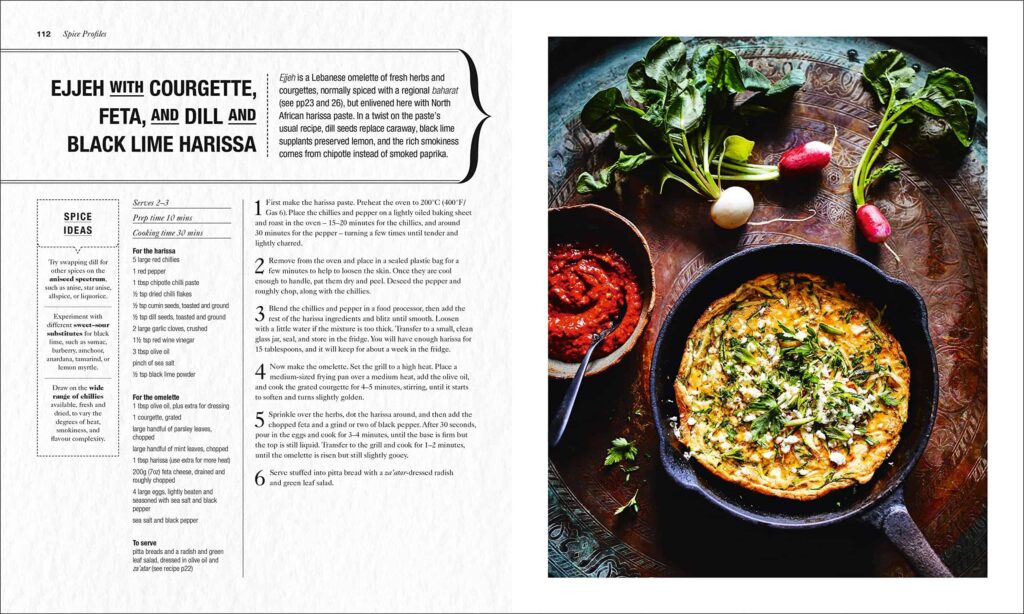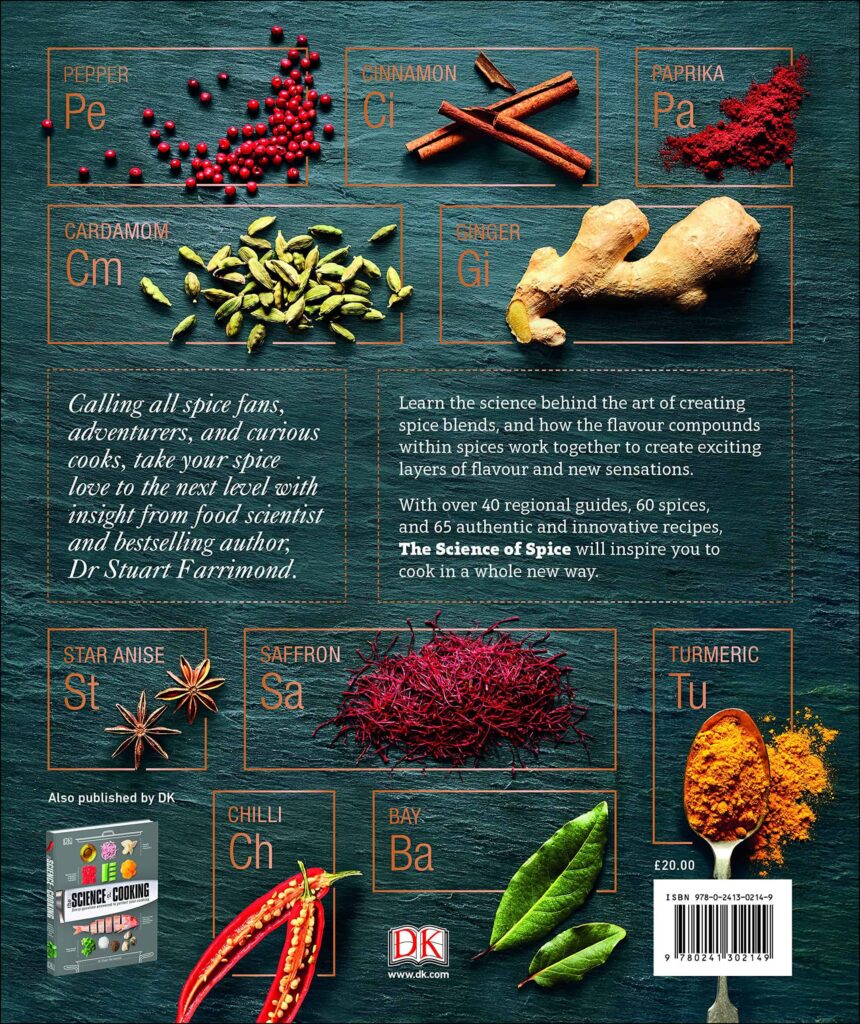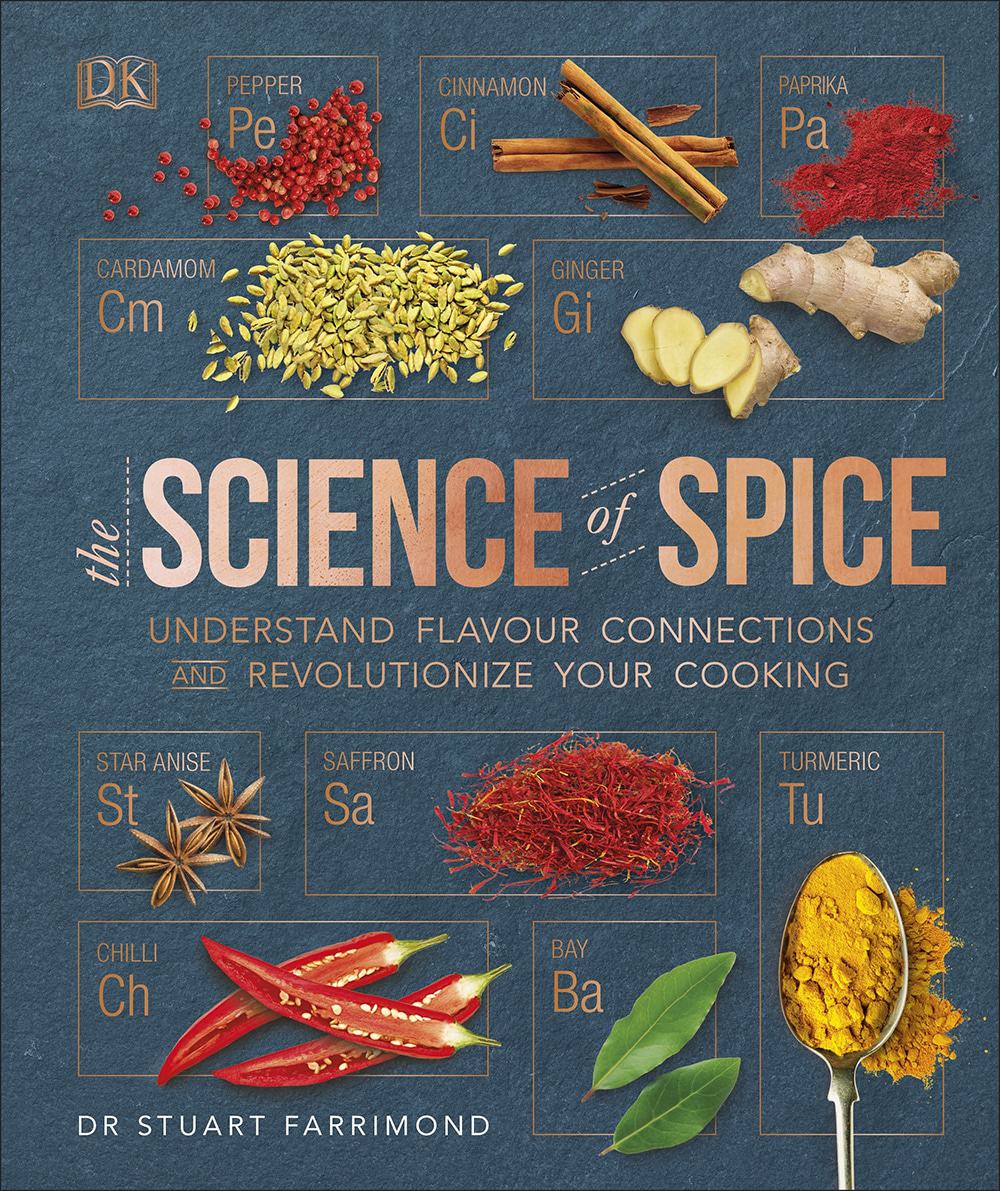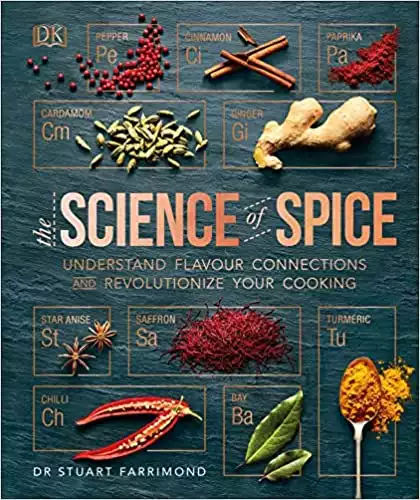The aroma of different spices instantly evoke so many different memories, don’t they? A faint whiff of cinnamon and suddenly you’re back around the family table in December, pouring custard on the Christmas cake that’s just come out the oven. Or suddenly craving toasted hot cross buns with a thick layer of butter soaking into its pores.
Sometimes, spices carry you away to distant lands. Smelling the fragrant scents of curry powder, mixed masala, curry leaves, coriander and cardamom, could put you in a South Asian eatery in seconds.
The same goes for Portugal and peri peri or the Netherlands and caraway seeds.
Just think how many of our everyday foods contain spices and it’s hard to imagine how bland food would be without these delightful combinations of seeds, pods and powders in our food and our lives.
The Science of Spice is a reference book that helps decode how spices work in collaboration with food and each other.
It’s like a book of spells that pulls back the curtain on the secret ingredients that chefs and cooks have used for generations, guiding you to build complementary flavours in your food and transform ordinary recipes into extraordinary dishes.

Using a periodic table of spices, the book illustrates and explains how spice flavour compounds work and why.
Armed with your mortar and pestle and spice grinder, you’ll have a treasure map in front of you to go on an exciting new adventure of experimenting with different spices and even making your own spice mixes that appeal to your flavour preferences.
The author, Dr Stuart Farrimond, has taken great care to present his extensive culinary knowledge in bite-sized pieces of practical knowledge.
Everything is concise enough to understand, with beautiful infographics that tell the story of the various spices, their flavour groups and how each of them reacts to cold, heat, water and oil.

By discovering how compounds work in the kitchen and why our bodies react to each one differently, you’ll learn how to bring out the best in each particular spice.
His explanation for pungent compounds is a good example:
These sometimes alarmingly hot spices share compounds that are not flavours at all, but are chemicals that create an illusion of burning by hijacking pain nerves that normally send signals to the brain above 42 deg C (108 deg F).

Chances are, you’re using spices that originally hailed from far-flung places.
The Science of Spice will introduce you to their native regions across the world to walk you through each country’s unique spice palette, with unusual recipes that incorporate the different spice mixes of each territory.
This is when things really start heating up, giving you a chance to take what’s in your head and put it in a pot and on a plate.

With endless combinations of flavours to experiment with, this book is the perfect excuse to give your spice rack an extreme makeover.
It’s a great gift for a kitchen tea or foodie friends, but only after you’ve had a chance to impress them with your upgraded spice skills first.

This is the perfect cookbook for curious cooks and adventurous foodies.
Spice profiles - organised by their dominant flavour compound - showcase the world's top spices, by country, with recipe ideas and information on how to buy, use, and store the spices.


